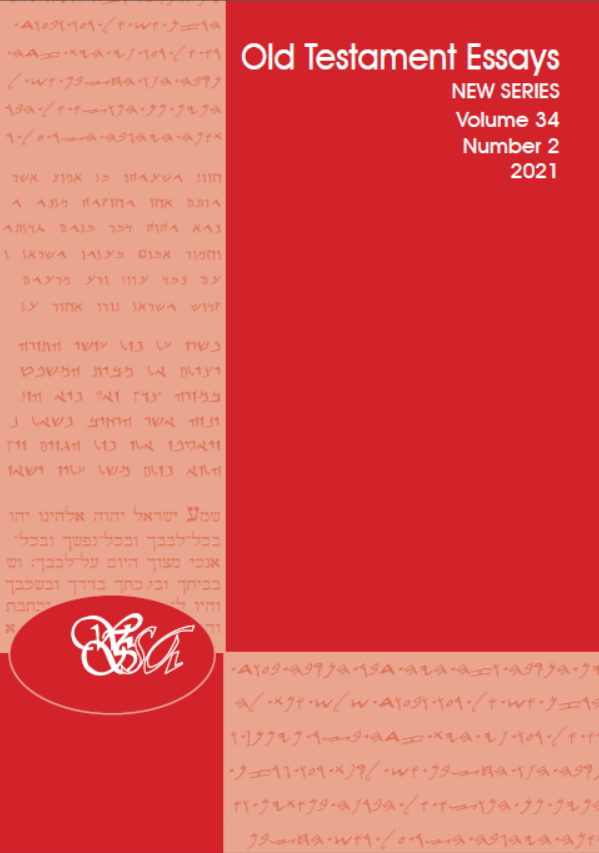Abstract
As studies have shown, marital sexual infidelity is attested in every society of the world. In African societies, adultery is not only strictly prohibited on social, moral and religious grounds but is also regarded, in some African cultures, as an abomination. This is rooted, among others, in the sacredness of marriage in Africa and the inseparable link between the use of human sexuality in marriage and the generation of new life for the perpetuation of the family-lineage and the community. In theory, the ban on adultery applies equally to all married men and women but in praxis, there are some hints of gender injustice against women in observing the ban on adultery. The patriarchal context in some African cultures provides the background for such gender inequality and sexual injustice against women. By using bosadi biblical hermeneutics to interpret the Sotah ritual (Num 5:11–31) – a ritual that is gender-specific, meant only for women accused of adultery – this article condemns the sexual injustice endured by married women in some (African) patriarchal societies and advocates the reading of Num 5:11–31 and other biblical texts containing ‘oppressive elements’ in a way that is liberating and empowering to the oppressed and marginalised.
Authors who publish with this journal agree to the following terms:
- Authors retain copyright and grant the journal right of first publication with the work simultaneously licensed under a Creative Commons Attribution License that allows others to share the work with an acknowledgement of the work's authorship and initial publication in this journal.
- Authors are able to enter into separate, additional contractual arrangements for the non-exclusive distribution of the journal's published version of the work (e.g., post it to an institutional repository or publish it in a book), with an acknowledgement of its initial publication in this journal.
- Authors are permitted and encouraged to post their work online (e.g., in institutional repositories or on their website) prior to and during the submission process, as it can lead to productive exchanges, as well as earlier and greater citation of published work (See The Effect of Open Access).

